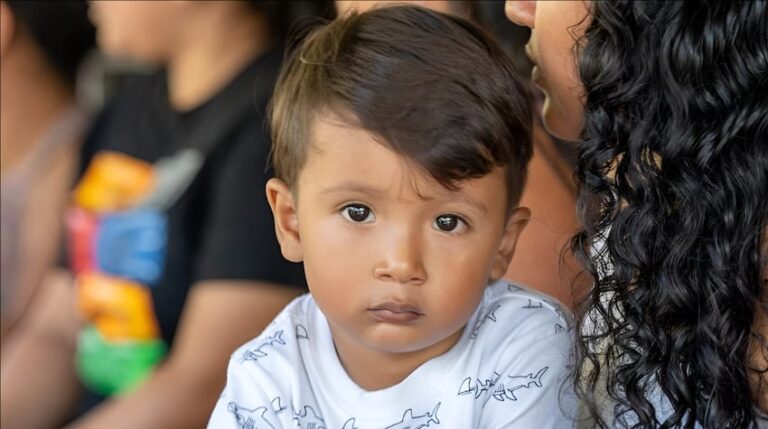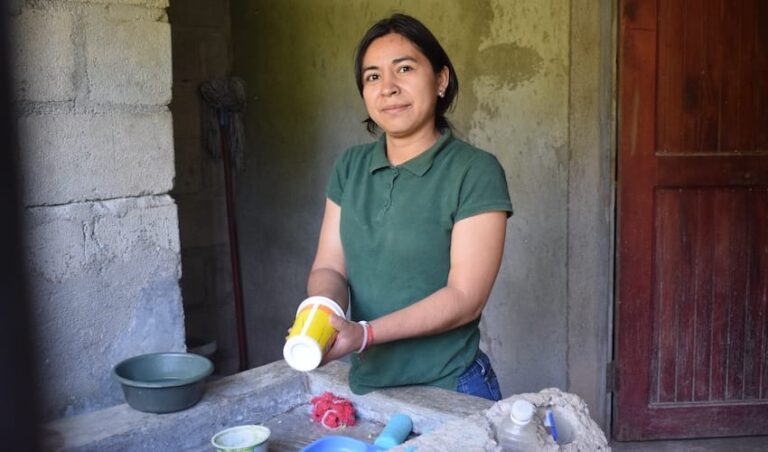
The Link Between Childhood Obesity and Poverty
In wealthy countries like the United States, childhood obesity often appears alongside poverty. This can lead to confusion and negative stereotyping, since the reality of childhood obesity and food insecurity contradicts what many people think a child living with reduced access to food “should” look like. However, there is a significant body of research that points to why children living in poverty – and by extension, food insecurity – may be more prone to obesity.
Obesity and food deserts
A food desert is an area where it is difficult to access fresh, healthy food at affordable prices. Most food deserts are located in low-income areas. People living in these regions often have to rely on fast or heavily processed foods that are high in calories but low in nutrients.
A parents’ priority is to feed their children. If the foods that they have geographic and financial access to are predominantly cheap, processed and nutrient poor, then that is what their children will eat.
Food insecurity and obesity
Does food insecurity cause obesity? Perhaps not directly, but the conditions that create food insecurity can also promote obesity within wealthier countries.
Food insecurity is the lack of consistent access to enough food to live a healthy, active life. Someone living in food insecurity may not know when they will be able to eat next. As a result, they may develop a tendency to overeat when food is available. As mentioned above, the foods that are most available are not generally healthy.
Lack of safe places to play
Besides nutrition, physical activity is the largest determining factor for whether a child is likely to become overweight or obese. Children living in poverty can have reduced access to opportunities for exercise. Sport clubs and extracurricular activities are too often unaffordable.
There is no guarantee of a public place for playing, either. High-poverty areas tend to have fewer public parks. And a park must not only be nearby, but safe. One 2020 study found that children whose parents said that they did not feel safe in their neighborhood were more likely to be overweight than their peers who had safe neighborhoods to play in.
Obesity as a disease
The World Health Organization defines obesity as a form of malnutrition. This is because, like other types of malnutrition, obesity is a serious health condition that can cause severe and lifelong complications. Although obesity may not carry the same acute risk of death as malnourishment, long-term obesity is a risk factor for multiple potentially fatal conditions including stroke, heart disease, and cancer. Children who are overweight or obese are five times more likely to be obese adults. Therefore, reducing childhood obesity as much as possible should be a priority.
How to reduce childhood obesity
Childhood obesity is a complex issue. Fixing it would require addressing all the factors that contribute to this problem, including food deserts, food insecurity, safe play spaces and nutrition education. In countries like the U.S., where poverty is correlated with obesity, reducing poverty could also reduce obesity.
Although Feed the Children is not specifically a health-related nonprofit, our work does play a role in mitigating several factors that can contribute to childhood obesity. By providing families with shelf-stable food, we can help reduce the chances of children experiencing food insecurity. Donations of food and essentials can also help reduce strain on a struggling family’s budget, giving them more income to put towards other needs. Together, we can create a healthier, happier future for all families!






